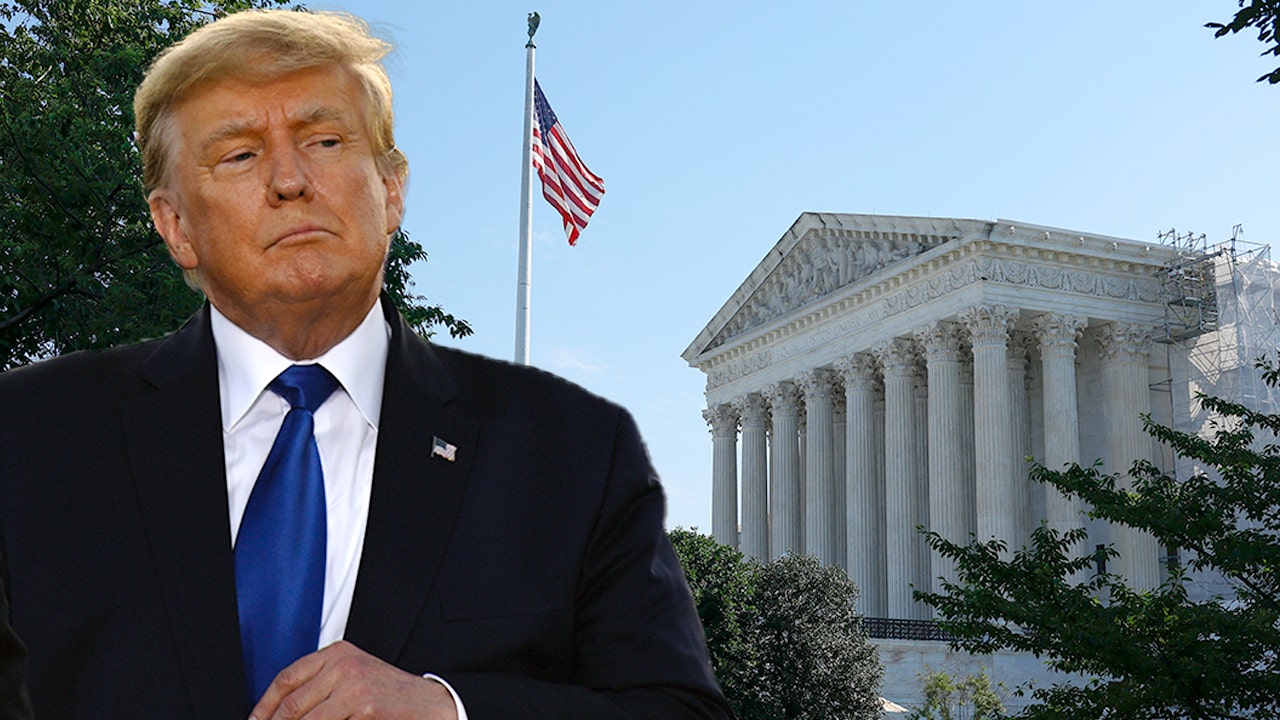The judiciary: How America’s federal court system works and how to appeal a case

The legal resistance to President Donald Trump’s second term is in full swing, with over 120 lawsuits filed since Jan. 20 by states, advocacy groups, and individuals challenging his executive orders and policy agenda. As these lawsuits make their way through the judiciary, it is important to understand the structure of the federal court system to grasp how these challenges are likely to unfold.
Article III of the U.S. Constitution establishes the federal judiciary, consisting of the Supreme Court and inferior courts as established by Congress. Judges hold their offices during good behavior, ensuring independence in their decision-making. The federal judiciary comprises district courts (trial courts), circuit courts (first level of appeal), and the Supreme Court (final appellate authority), with 94 district courts, 13 circuit courts, and one Supreme Court.
Federal courts have limited jurisdiction, hearing only cases authorized by the Constitution or federal law. Each lawsuit against the Trump administration raises a federal question, granting federal courts subject-matter jurisdiction. District courts have at least one United States district judge appointed for a life term. Appeals from district court decisions can be made to the federal appellate courts, also known as circuit courts.
Circuit courts hear appeals from district courts within their geographic boundaries, with each circuit covering multiple states. Appeals are first heard by a panel of three judges, who review briefs and listen to oral arguments before issuing a decision. A circuit court’s ruling is binding on lower courts within its circuit but not on other circuits, leading to potential circuit splits that may prompt Supreme Court review.
Parties can appeal a circuit court decision to the U.S. Supreme Court by filing a writ of certiorari, requesting the Court to review the case. The Supreme Court grants review in less than 1% of appeals, and its decisions are final and binding nationwide. The Trump administration has already appealed various decisions to the Supreme Court, including emergency appeals seeking to overturn lower court rulings.
Understanding the federal court system is crucial for comprehending the legal challenges to President Trump’s second term. As these lawsuits progress through the judiciary, the structure and processes of the federal courts will play a vital role in shaping the outcome of these legal battles.




